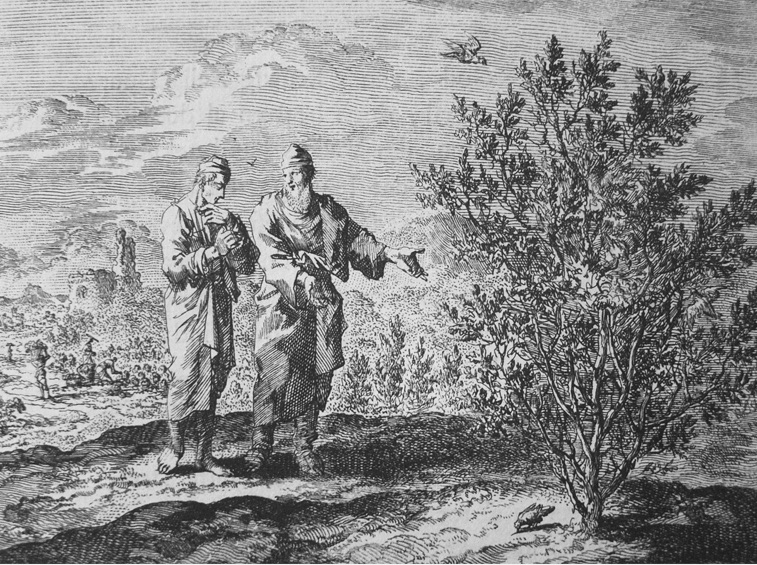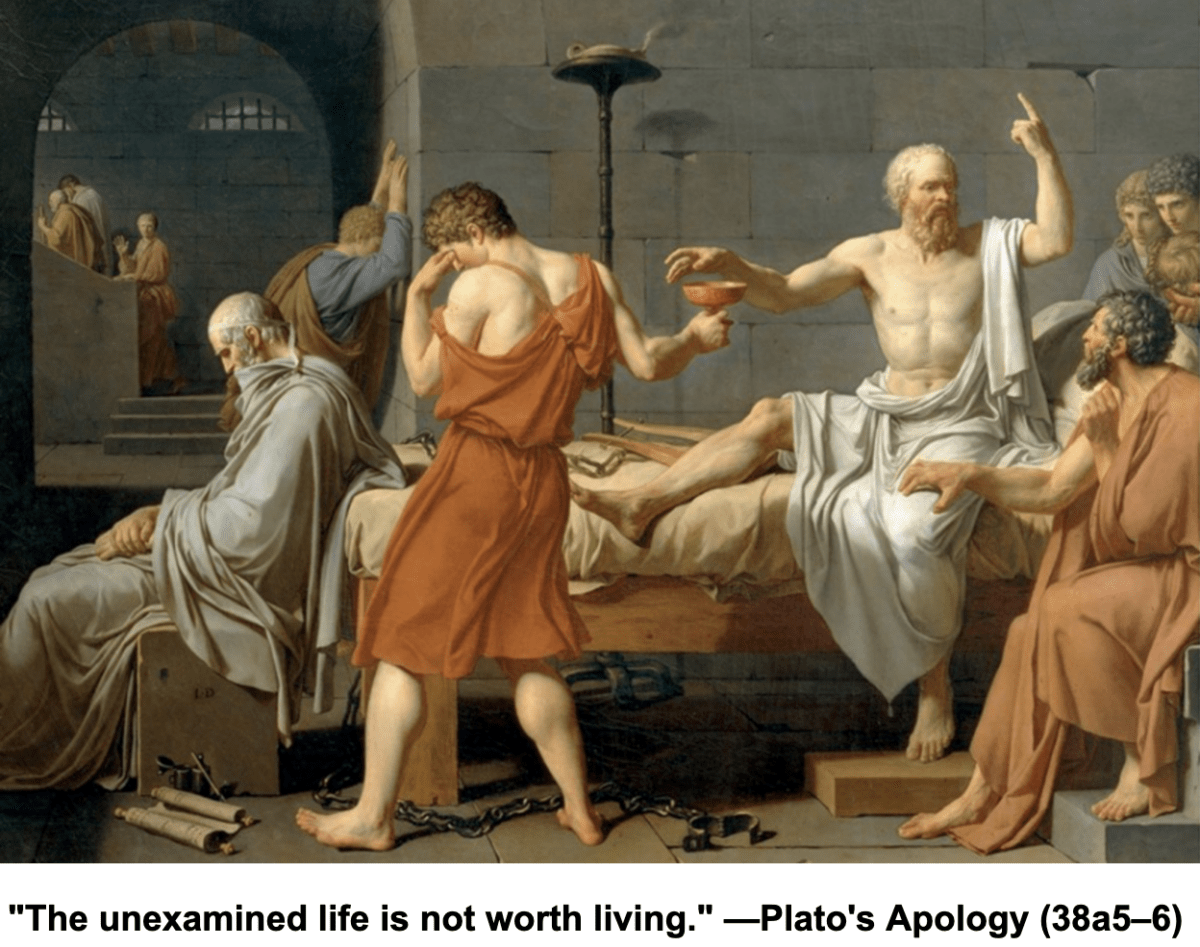The Parable of the Mustard Seed, one of Savior’s shortest allegories, typically receives scant attention in our scripture study. The “New Testament Come Follow Me” manual predictably “Mormonizes” the scripture, claiming it is simply about the growth of Christ’s church in the latter days. But the parable makes no reference to a “church” and the Savior’s audience was definitely not 21st-century Latter-day Saints. Further, the manual only references Matthew’s account of this teaching while ignoring those in Mark and Luke which, when properly understood, shed much light on the message Jesus was trying convey to his audience.
In actuality, this parable is about the “Kingdom of God/Heaven,” something altogether different from a church. And since it appears in each of the synoptic gospels, perhaps the Evangelists were trying to underscore the importance of this story.

Continue reading “What Can We Learn From A Mustard Seed?”Another parable put he forth unto them, saying, The kingdom of heaven is like to a grain of mustard seed, which a man took, and sowed in his field: Which indeed is the least of all seeds: but when it is grown, it is the greatest among herbs, and becometh a tree, so that the birds of the air come and lodge in the branches thereof.
Matt. 13:31–32 (KVJ).
